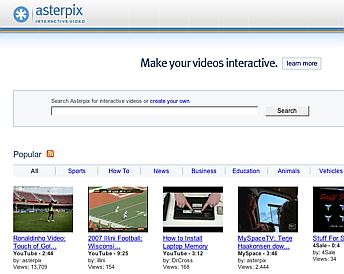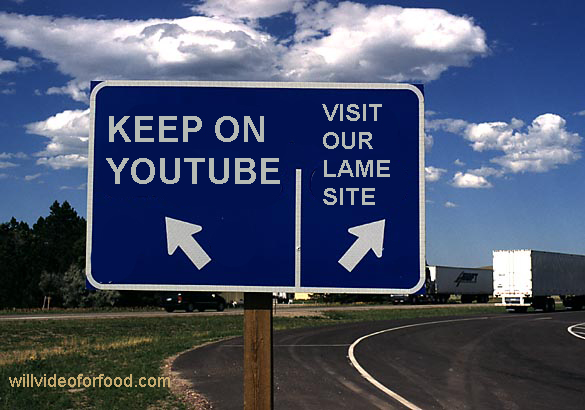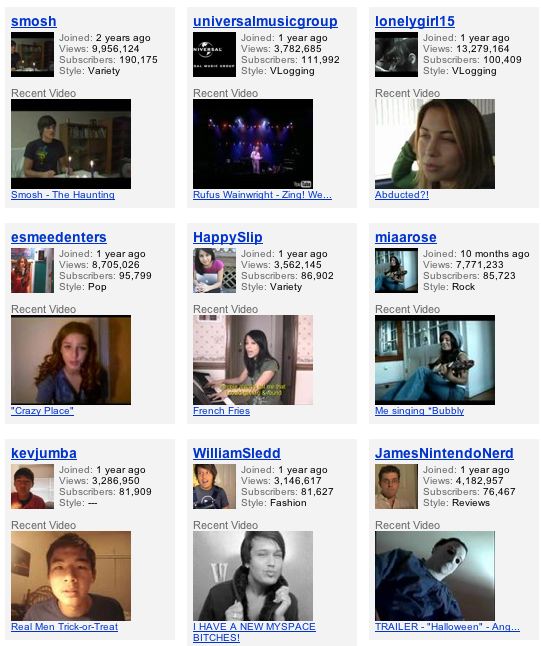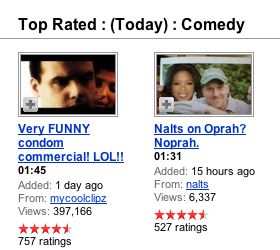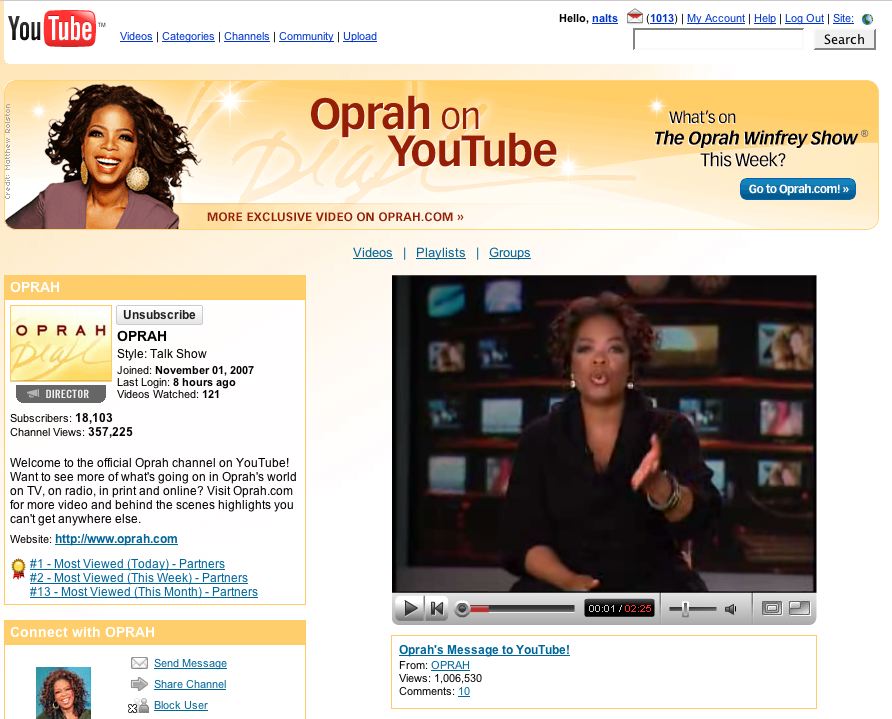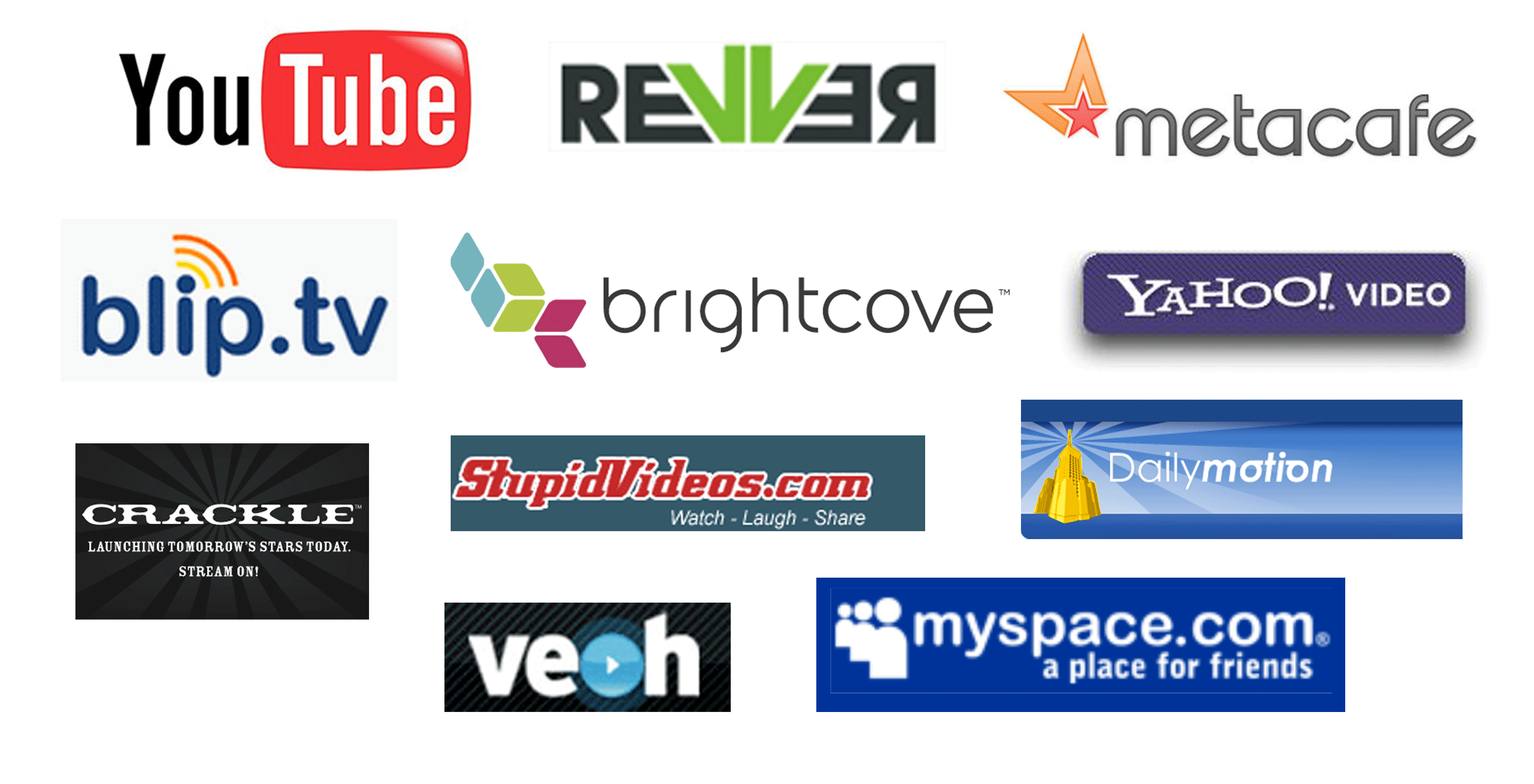 Guest Blogger: Brett Slater (SlatersGarage)
Guest Blogger: Brett Slater (SlatersGarage)
So… This is what the inner sanctum looks like? Kinda blah… He needs something on the walls in here.
Anyway, hi.
Nalts and I have been getting a ton of feedback on the collab video we did poking fun at Google’s brainchild, the “Dream Phone.” This is the one that’s getting all the tech world atwitter… the one that’s gonna be free, and SO easy to use, but it will also be used to help Google generate ad revenue — onscreen ads on your phone, etc.
So, as Allen Funt used to say on the old Candid Camera, “we thought it would be funny…” to tease Google a little about what it would sound like if cell phone service was paid for by advertising dollars, rather than customers.
[youtube]http://www.youtube.com/watch?v=naUnXplUtrQ[/youtube]
It was Nalts’ idea to do the video, and quite frankly, I’m flattered that he asked me to participate. Made me feel like Jonathan Papelbon getting the call to close game 4 for the Red Sox. I worked up a script based on a few ideas we bandied about, and then we shot, edited, and posted. (Well, I did, anyway. He’s in New York at the time of this writing, and couldn’t do it himself. Apparently there’s no internet in the Big Apple.)
I gotta say, as a relative newbie to online video (less than a year), I’m positively enthralled by how well it works as a buzz-generator. Broadcast media development is my career, and until recently, it’s been mostly radio advertising that’s been my bread-n-butter: radio ads, voiceover, song parodies, jingles, etc. However, I’ve recently found my focus shifting more toward video, and the marketing potential for brands online. I’ve been an active participant on sites like XLNTADS, and lately, I’ve seen my radio ad workload start to drop, and my video orders starting to pick up.
So, what WILL the Dream Phone look/sound like? Probably not as bad as having your phone calls interrupted by a sultry woman’s voice reading ads. But for free phone service that’s as good or better than the iPhone is purported to be, I might be willing to listen for a couple seconds before my call goes through…
What do you think?
Thanks to Nalts for inviting me in on this little project… And thanks to my wife Kelly for supplying the aforementioned sultry voice.
P.S. Nalts here with a post-script. Is it just me or did Kelly’s laughing make this video?


